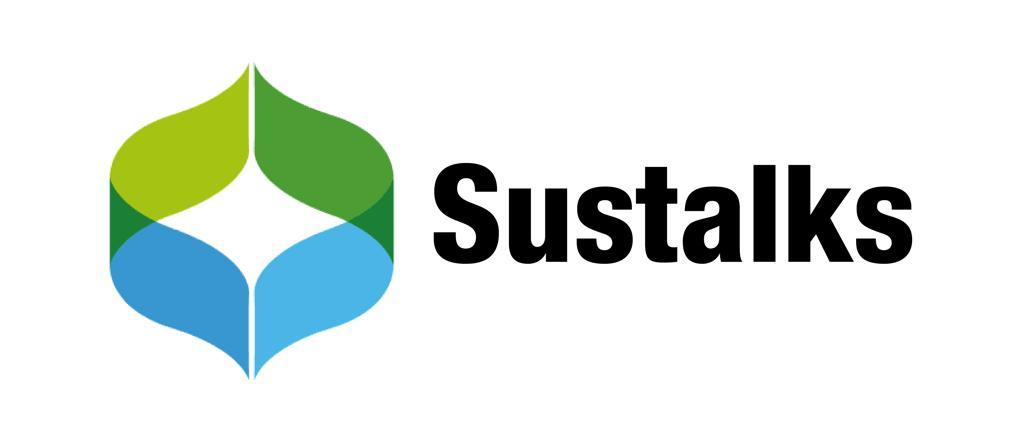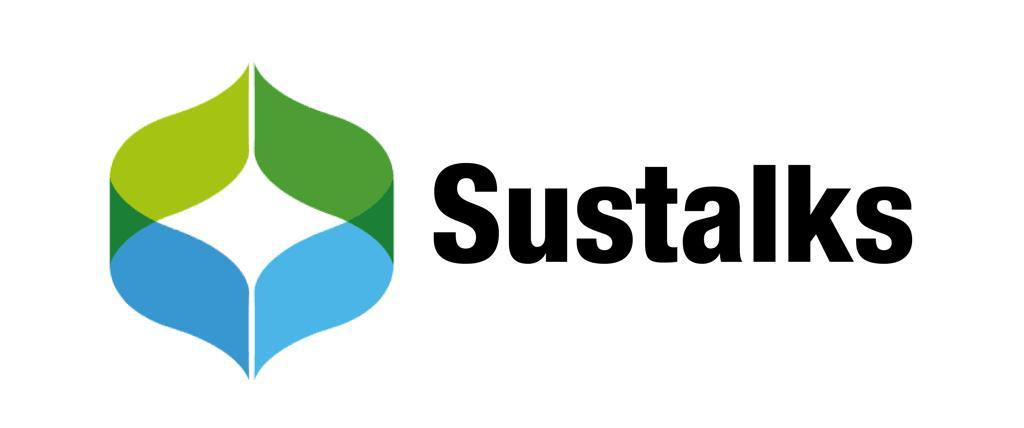Full stack development is one of the most sought-after skills in the tech industry today. A full stack developer is proficient in both front-end and back-end development, making them highly versatile and valuable to any team. Whether you’re new to coding or looking to expand your skills, this guide will help you understand what it takes to become a full stack developer in 2024. For those exploring Full Stack Development Services, understanding the skills needed and the path to becoming a developer can provide valuable insights.
What is Full Stack Development?
Full stack development refers to the practice of working on both the client-side (front end) and server-side (back end) of web applications. A full stack developer handles the complete process of web development, including designing the user interface, managing databases, and writing server-side code.
Key Skills for Full Stack Developers
To become a full stack developer, you'll need to master various skills and technologies. Here's a breakdown of the essential areas you should focus on:
1. Front-End Development
Front-end development involves creating the part of a website or application that users interact with. Essential front-end skills include:
- HTML and CSS: These are the building blocks of web pages, allowing you to structure content and style it.
- JavaScript: A must-know programming language that adds interactivity to web pages.
- Frameworks and Libraries: Tools like React, Angular, and Vue.js are popular for building modern, responsive user interfaces.
2. Back-End Development
Back-end development handles the server-side logic and database management. Key back-end skills include:
- Programming Languages: Common languages include JavaScript (Node.js), Python, Java, Ruby, and PHP.
- Databases: Knowledge of relational databases like MySQL and PostgreSQL, as well as NoSQL options like MongoDB, is crucial.
- APIs: Understanding how to create and integrate APIs (Application Programming Interfaces) is essential for connecting front-end and back-end functions.
3. Version Control and Deployment
- Version Control Systems: Tools like Git help track changes in your code, making collaboration easier.
- Deployment: Knowledge of cloud services like AWS, Azure, or Google Cloud helps you deploy applications and manage server resources.
4. Problem-Solving and Debugging
Full stack developers must be adept at identifying and solving problems in both front-end and back-end code. Strong debugging skills are essential to ensure your application runs smoothly.
Steps to Becoming a Full Stack Developer in 2024
1. Learn the Basics of Web Development
Start with the basics: HTML, CSS, and JavaScript. Numerous free and paid resources, such as Codecademy, freeCodeCamp, and Udemy, offer beginner-friendly courses.
2. Master Front-End and Back-End Technologies
Deepen your knowledge by learning frameworks and languages. For the front end, try mastering React or Angular. On the back end, focus on Node.js, Python, or Java.
3. Work on Real Projects
Apply what you learn by building real-world projects. Start with simple websites and gradually move to more complex applications that combine both front-end and back-end skills.
4. Use Version Control Systems
Learn how to use Git and GitHub. These tools are essential for collaborating with other developers and managing your projects effectively.
5. Practice Problem-Solving
Regularly challenge yourself with coding problems on platforms like LeetCode, HackerRank, or CodeSignal. This will sharpen your skills and prepare you for technical interviews.
6. Build a Portfolio
Showcase your skills with a portfolio of projects. Include a mix of front-end, back-end, and full-stack projects to demonstrate your versatility.
7. Keep Learning and Stay Updated
The tech world evolves rapidly. Stay updated with the latest tools, frameworks, and best practices by following blogs, attending webinars, and joining developer communities.
Conclusion
Becoming a full stack developer in 2024 is an achievable goal if you're willing to invest time in learning and practicing both front-end and back-end development. By mastering the essential skills, working on projects, and continuously updating your knowledge, you can position yourself as a valuable asset in the tech industry. Full stack development not only offers numerous job opportunities but also provides a sense of accomplishment from being able to build entire applications from start to finish.
FAQs
1. What is the average salary of a full stack developer?
The average salary of a full stack developer varies depending on location, experience, and skills but generally ranges from $70,000 to $120,000 per year.
2. Do I need a degree to become a full stack developer?
No, a degree is not mandatory. Many developers are self-taught or learn through bootcamps and online courses. What matters most are your skills and experience.
3. How long does it take to become a full stack developer?
It depends on your prior experience and learning pace. On average, it can take anywhere from six months to two years of dedicated learning and practice.
4. Which programming language is best for full stack development?
There is no single "best" language; it depends on your project needs. JavaScript (Node.js), Python, and Java are popular choices due to their versatility and community support.
5. How do I start building a portfolio as a beginner?
Begin with small projects, such as personal websites, to-do lists, or simple web applications. As you progress, include more complex projects to demonstrate your full stack skills.



